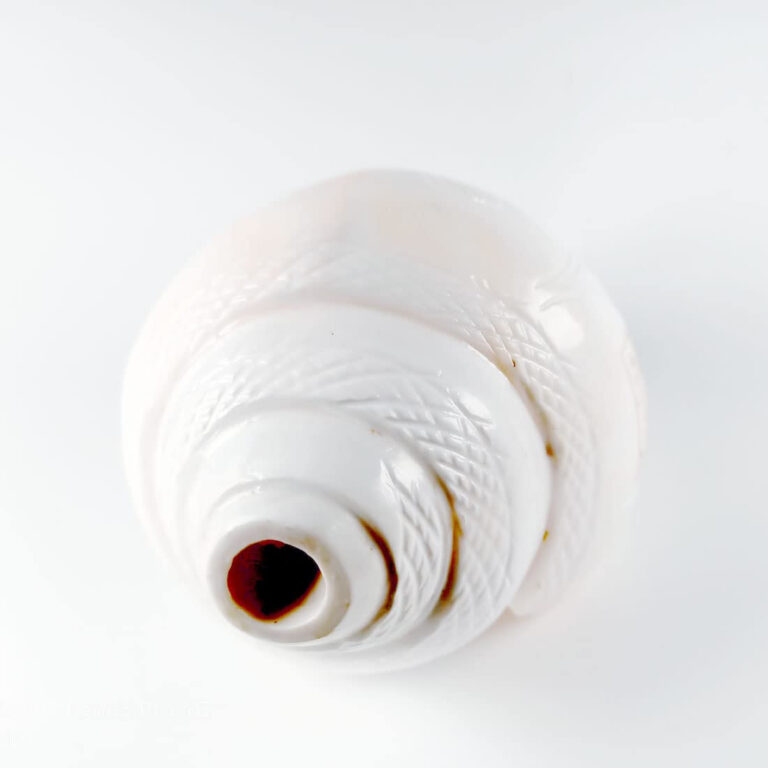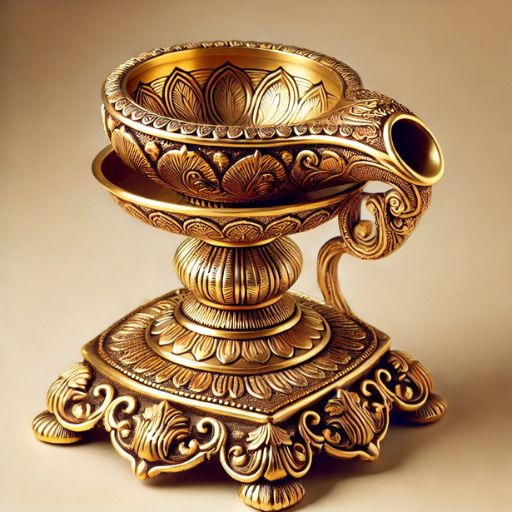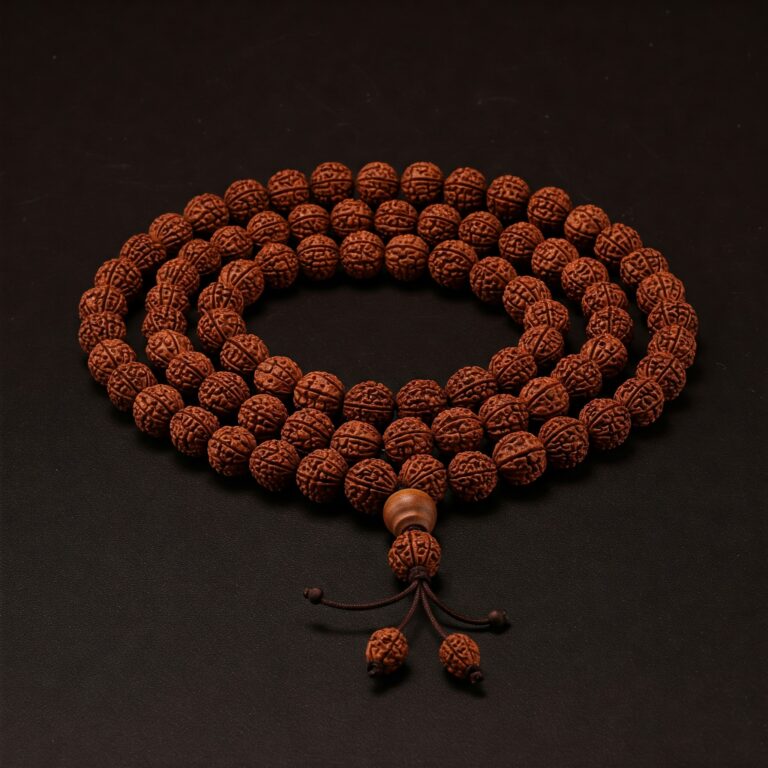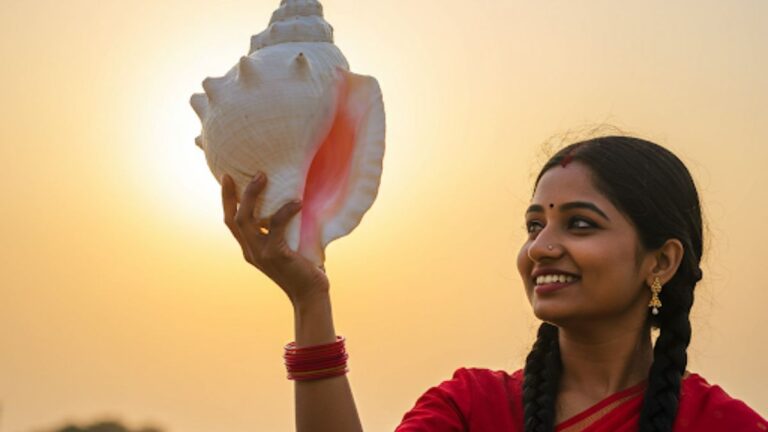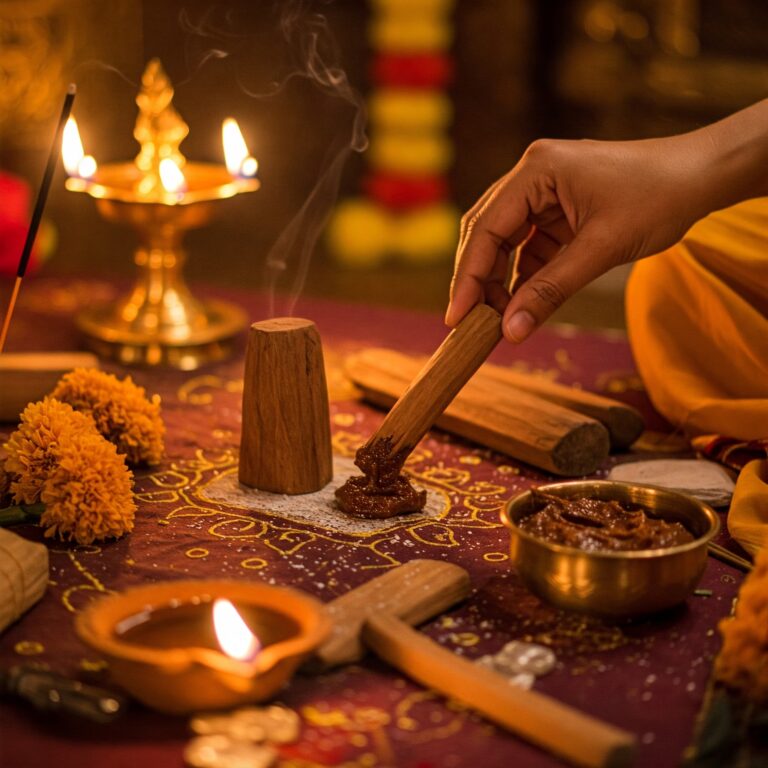Exploring the Rituals of Using a Conch Shell in Puja: A Sacred Tradition
In Hindu tradition, the conch shell, or shankh, is more than a natural object—it is a divine symbol, an instrument of purity, and a vessel of positive energy. Revered for centuries, it holds a special place in temples, homes, and sacred rituals. At MAYAPURI, we honor this tradition by offering authentic, handcrafted shankhs that reflect the depth of India’s spiritual heritage. But what makes the shankh so powerful in puja? Let’s explore the rituals and symbolism surrounding this sacred object.
The Spiritual Significance of the Conch Shell
In Hinduism, the conch shell is believed to be the abode of Goddess Lakshmi, the deity of wealth and prosperity. Its sound is considered auspicious and capable of driving away negative energies. The blowing of the shankh is often the first act during daily puja, symbolizing the awakening of the divine and the purification of space.
According to ancient texts, Lord Vishnu is depicted holding a conch shell named Panchajanya, which signifies victory, power, and protection. When blown, the sound of the shankh is said to echo the primordial sound “Om,” the vibration of the universe itself.
Rituals Involving the Shankh in Puja
Using the shankh during puja is not merely symbolic—it is deeply ritualistic. Here are some key ways it is used:
1. Blowing the Shankh Before Puja
Before beginning any religious ceremony, devotees blow the shankh to invite divine energies. This act purifies the surroundings, removes negative vibrations, and sets the tone for a spiritual atmosphere. Traditionally, the conch is blown three times—once to cleanse the environment, once to invoke the deities, and once to protect the space.
2. Offering Water with Jal Shankh
In many homes and temples, a non-blowing conch shell, known as the jal shankh or pani shankh, is filled with water and kept near the idol. The water inside is considered holy and is sprinkled on devotees, idols, and the puja space for purification. The ritual of pouring water from the shankh during Abhishekam (ritual bathing of deities) is especially sacred.
3. Panchamrit Offering
During elaborate rituals, especially during festivals and temple pujas, panchamrit (a mixture of milk, curd, ghee, honey, and sugar) is sometimes offered to the deity using a conch shell. This act is believed to be highly auspicious and spiritually uplifting.
4. Daily Aarti Ritual
In many households, the shankh is blown during the evening aarti to mark the end of the day and the return of the divine presence. The powerful vibrations of the shankh help in uplifting the energy of the home.

Types of Shankh and Their Uses
At MAYAPURI, we offer a variety of conch shells, each suited for different puja rituals:
-
Blowing Shankh: Known for their loud, resonating sound, these are ideal for daily pujas and temple ceremonies. They come in various sizes, from small 6-inch shells to large, engraved vamavarti (left-handed) shankhs.
-
Jal Shankh (Pani Shankh): These are usually smaller and are not blown. They are used for offering holy water or Abhishekam during rituals.
-
Vamavarti Shankh: These rare and powerful shankhs spiral to the left and are considered extremely auspicious in Hinduism. Often engraved with divine motifs, they symbolize abundance and divine protection.
Each of these shankhs is ethically sourced, naturally polished, and checked for authenticity before reaching our customers.
Benefits of Using a Shankh in Puja
-
Purifies the Atmosphere: The sound waves produced by a blown shankh have a cleansing effect on the environment.
-
Health Benefits: According to Ayurveda, blowing a shankh improves lung capacity and strengthens the respiratory system.
-
Spiritual Protection: It acts as a shield against negative energy and evil eye.
-
Symbol of Auspiciousness: Keeping a shankh at home is believed to attract wealth, harmony, and divine blessings.
Caring for Your Puja Shankh
To maintain the sanctity of the shankh:
-
Always wash it with clean water after use.
-
Do not use the same shankh for both blowing and offering water.
-
Keep it in a clean, sacred space, preferably near your puja altar.
-
Never place it on the ground or in an unclean area.
At MAYAPURI, we provide brass shankh stands to ensure your sacred conch is placed respectfully and beautifully displayed.
Final Thoughts
The conch shell is a living embodiment of sound, energy, and sacred tradition. From temple rituals to home pujas, it bridges the physical and the spiritual. At MAYAPURI, we invite you to embrace this tradition with our carefully selected, original shankhs, each carrying the soul of devotion and purity.
Whether you’re seeking a powerful blowing shankh or a jal shankh for sacred offerings, our collection is designed to enhance your spiritual journey with authenticity and reverence.
Visit us at:
🌐 www.mayapuri.store
Explore our sacred collection and bring divine energy to your home.


